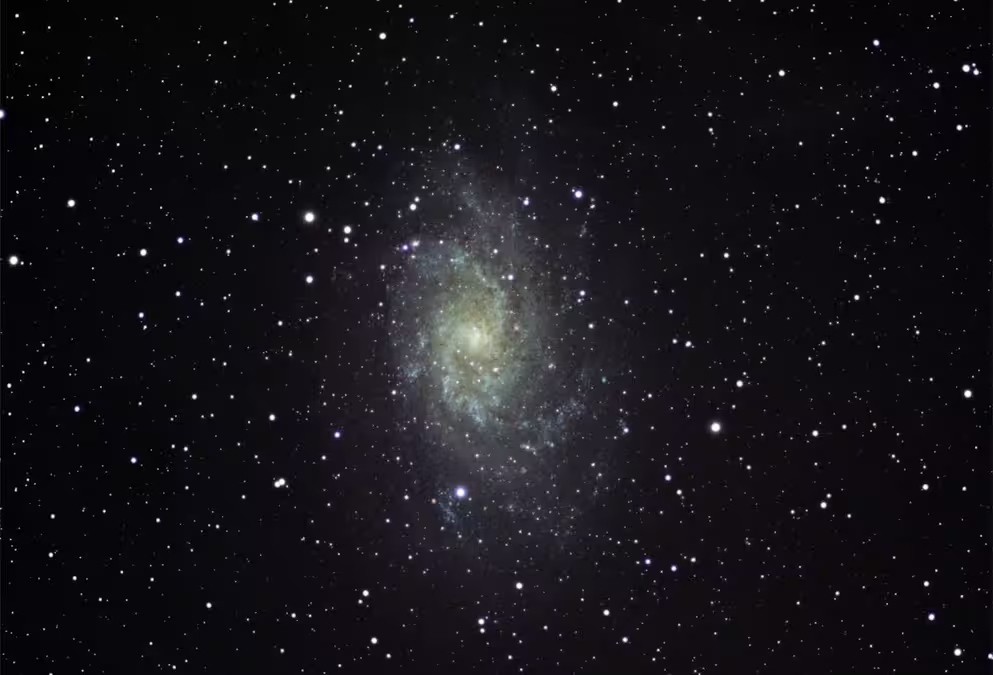The Oort cloud — a distant shell of icy objects encircling our solar system — may be more complex than we ever imagined. New research suggests that this mysterious region could have spiral arms, making it resemble a miniature galaxy. This discovery, made through advanced computer modeling, could revolutionize our understanding of the solar system’s outermost frontier.
Let’s dive into this cosmic revelation and explore what it means for astronomy and our place in the universe.
Cerebras & Mistral AI: Breaking Speed Records in artificial intelligence (AI) Chip Innovation in 2025
What Is the Oort Cloud?
Far outside of Pluto’s orbit is a huge, spherical area of frozen bodies known as the Oort cloud. It is thought to be a cosmic cemetery of leftover material from the 4.6 billion-year-old birth of massive planets including Jupiter, Saturn, Uranus, and Neptune.
Key Facts About the Oort Cloud:
- Distance from the Sun: 2,000 to 100,000 astronomical units (AU)
- Composition: Icy bodies, dwarf planet-sized objects, and comets
- Discovery Evidence: Long-period comets kicked into the inner solar system

Despite its massive size, the Oort cloud remains invisible to telescopes. Its objects are too small and distant to be directly imaged, and even Voyager 1, traveling at 1.6 million km/day, won’t reach it for another 300 years.
A Spiral Within the Solar System?
In a groundbreaking study, researchers used data from NASA’s Pleiades supercomputer to model the structure of the Oort cloud. To their surprise, the inner region of the cloud — the most densely populated area, stretching from 1,000 to 10,000 AU — formed a spiral disk, similar to the Milky Way.
Why a Spiral Structure?
The spiral shape may be caused by galactic tides — gravitational forces from:
- Nearby Stars
- Black Holes
- The Milky Way’s Core
These forces tug on Oort cloud objects, subtly shaping their orbits over millions of years, creating arms that extend 15,000 AU from end to end.
How Did Scientists Model the Oort Cloud?
Understanding the Oort cloud’s structure required enormous computational power. Researchers combined data on:
- Comet Orbits
- Solar and Galactic Gravity
- Interstellar Forces
By running these calculations through NASA’s supercomputer, they built the most detailed simulation of the Oort cloud ever created, revealing its hidden spiral pattern.
Why This Discovery Matters?
If the Oort cloud truly has spiral arms, it could change how we understand:
- Comet Origins: Spiral arms might funnel icy bodies toward the Sun.
- Solar System Evolution: The cloud’s shape could reflect ancient cosmic events.
- Interstellar Interactions: Gravitational forces from the galaxy may influence our solar system more than we thought.

Tracking Oort cloud objects directly remains a huge challenge, but researchers believe that doing so could unlock profound insights into the history of our solar neighborhood.
What’s Next for Oort Cloud Research?
Despite the difficulty, astronomers are hopeful that future space telescopes or dedicated missions could help observe the cloud’s spiral arms. Studying these structures could reveal:
- Clues to Our Solar System’s Birth
- The Impact of Galactic Forces on Space Weather
- Potential Interstellar Visitors
The universe is full of mysteries, and the Oort cloud’s newfound structure is a reminder of how much we still have to learn.
“The Oort cloud — the mysterious shell of icy objects at the edge of the solar system — might sport a pair of spiral arms that make it resemble a miniature galaxy, new research suggests.
The exact shape of the Oort cloud and how it is affected by forces beyond our solar system have, so far, remained mysterious. Now, researchers have developed a new model that suggests the inner structure of the Oort cloud may look like a spiral disk. They published their findings Feb. 16 on the preprint server arXiv, meaning the work has not been peer-reviewed yet.
The Oort cloud began as the unused remnants of the solar system’s giant planets (Jupiter, Neptune, Uranus and Saturn) after their formation 4.6 billion years ago. Some of these remnants are so large, they could be considered dwarf planets.”
Final Thoughts: The Solar System’s Galactic Secret
The discovery of potential spiral arms in the Oort cloud is a stunning reminder that our solar system is not an isolated island but a dynamic part of the Milky Way. As technology advances, scientists may one day unravel the secrets hidden in this icy cosmic shell — and who knows what else they might find? Stay tuned for more updates as researchers continue exploring the edges of our solar system. And if you’re fascinated by space mysteries, don’t forget to share this mind-blowing discovery with your fellow stargazers!








